forum
library
tutorial
contact

Sockeye Arrives at Stanley
Despite Warm Water
by Roger Phillips
Teton Valley News, July 29, 2015
|
the film forum library tutorial contact |

|
Sockeye Arrives at Stanley
by Roger Phillips
|
To help the fish, biologists have trapped and trucked 37 endangered sockeye this month
from Lower Granite Dam in Washington to the Eagle Hatchery in Idaho.
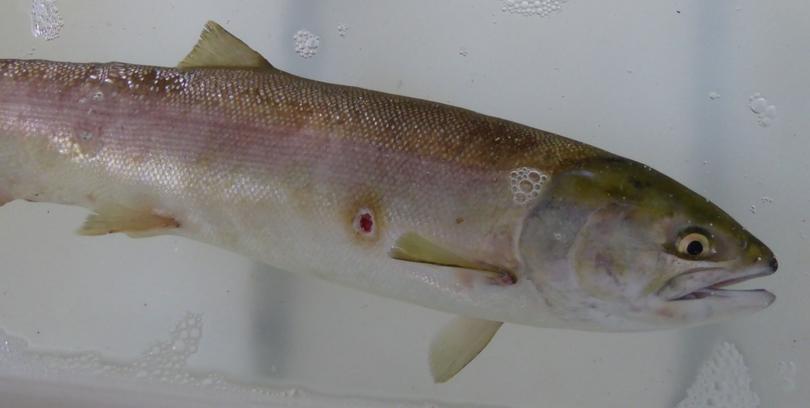 The first sockeye salmon reached the Sawtooth Basin near Stanley on Monday, July 27 despite hot weather and warm water that prompted Idaho Fish and Game biologists to capture fish downstream to ensure survival of one of Idaho's most endangered species.
The first sockeye salmon reached the Sawtooth Basin near Stanley on Monday, July 27 despite hot weather and warm water that prompted Idaho Fish and Game biologists to capture fish downstream to ensure survival of one of Idaho's most endangered species.
Tens of thousands of sockeye have died in the Columbia River. Most were likely headed to Central Washington, but during July, Fish and Game personnel trapped and trucked 37 sockeye from the Snake River at Lower Granite Dam to the Eagle Hatchery near Boise. High river temperatures were dangerous to the migrating fish, and the captured sockeye will be held in Eagle until they are ready to spawn in the fall. Many other sockeye remaining in the rivers face an uncertain future.
"It's a tough year for all anadromous fish, including sockeye," Fish and Game's Senior Sockeye Research Biologist Mike Peterson said.
Biologists are concerned high water temperatures in rivers will stall, and kill, some sockeye before they arrive to their spawning grounds in the Sawtooth Basin.
Through July 27, 368 sockeye were counted at Lower Granite Dam about 30 miles from Lewiston. Biologists fear only a fraction of those will make it to the Sawtooth Basin, where some are trapped and taken to hatcheries while others are allowed to spawn in their namesake -- Redfish Lake.
Trapping and transporting sockeye is one of many safeguards Fish and Game implemented to restore the most southern sockeye population in the world and a unique fish that swims 900 miles from the Pacific Ocean and 6,500-feet elevation to Central Idaho's mountains.
Another safeguard is Fish and Game's captive breeding program, which raises sockeye from egg to adult in a hatchery, foregoing the risky trip to the ocean. The program ensures that regardless of how many adults return this summer, the agency will still be able to ramp up its release of juveniles in the spring.
Despite a challenging summer, Idaho's sockeye population has dramatically improved over the last decade, and Fish and Game's sockeye program is designed to adapt to changing conditions.
An abundant sockeye return in 2010 allowed Fish and Game to try a pilot project where 19 sockeye were trapped and trucked from Lower Granite Dam to the Eagle Hatchery to see if the fish could survive the rigors of transport, and they did.
Fish and Game tried trapping again during a heat wave in 2013, but problems associated with getting cool water into Lower Granite's fish trap lead to no sockeye trapped. This summer, cooler water was pumped from deeper in Lower Granite Reservoir so Fish and Game personnel could trap and transport them. Biologists are currently in a wait-and-see mode for the fish remaining in the rivers.
"I don't know what to expect because this is a year we've never seen before," Peterson said. "We're going to learn the thermal tolerances of these fish."
After sockeye cross Lower Granite Dam, they still have 400 miles to travel in the Snake and Salmon rivers to reach the Sawtooth Basin, and biologist have limited ability to monitor their progress, or know what happened to those that didn't make it.
Biologists know warm water slows their progress, and "every day they're in warm water takes its toll," Peterson said.
If there's a silver lining, it will be gaining more knowledge about sockeye.
"Poor conditions mean we're learning about these fish, and in the past, we didn't have enough fish to learn from," he said. "Experience drives what we do in the future."
In the last decade, between 30 and 78 percent of sockeye that crossed Lower Granite Dam completed the trip to the Sawtooth Basin.
"I'm hoping we get that 30 percent conversion, but realistically it could be less," Peterson said.
Even at a 30-percent return rate, it would be the smallest return since 2007.
After sockeye cross Lower Granite Dam, it typically takes 30 to 35 days for the fish to reach the Sawtooth Basin, and it's "almost like clockwork," Peterson said.
Sockeye started trickling across the dam in late May and June, but most crossed in July and are due to arrive at the Sawtooth Basin in August.
Even if it's the smallest sockeye return since 2007, the current situation has to be taken in context of the bigger picture. When Idaho sockeye were listed in 1991 under the federal Endangered Species Act, only four adult sockeye returned to the Sawtooth Basin. The combined annual returns from 1991-99 was 23 fish, including two years when no sockeye returned to Idaho.
Sockeye continued to struggle throughout the most of the 2000s. Fewer than 30 adults returned annually between 1999 and 2007, except in 2000, when Fish and Game trapped 243 fish.
Even with that one-year spike, in the 17-year span between when sockeye were listed in 1991 and 2007, only 343 fish were trapped in the Sawtooth Basin, and in 13 of those years, fewer than 10 returned.
Fast forward to 2008, thanks to the captive breeding program and favorable river and ocean conditions, the annual sockeye returns since 2008 have averaged 837 fish, including 1,516 in 2014, which was the largest return to the Sawtooth Basin since 1955.
When enough adults return from the ocean, Fish and Game biologists allow some to naturally spawn in Redfish Lake, which has happened every year since 2008, and four other years prior. Releasing spawners into the lake is expected to occur again this year.
Biologists learned that juvenile sockeye "smolts" naturally produced in the wild return as adults at higher rates than those raised in hatcheries, so Fish and Game wants to continue natural production. But it's too risky to rely solely on nature to recover sockeye.
Regardless of how many sockeye return this summer, Fish and Game expects to ramp up its release of juvenile sockeye in 2016 and 2017.
Unlike other salmon and steelhead hatcheries, which rely solely on the current year's adult returns to provide eggs for the following year's smolt release to migrate to the ocean, Fish and Game's captive breeding program ensures sockeye are available to produce offspring if others don't return from the ocean.
"That's one of the saving graces of this program, we have those captive fish," Peterson said.
The capitive breeding program keeps two genetically identical populations in Eagle and Port Orchard, Wash. Keeping those populations separtate means if one population is lost to a catastrophe, the genetics would remain at another location.
Eggs taken from captive and adult returns rebuild the captive brood stock each year, but the vast majority of the eggs are sent to other hatcheries, including Fish and Game's new Springfield Hatchery in Eastern Idaho. The Springfield Hatchery was built in 2013 with money from the Bonneville Power Administration. It is used exclusively for sockeye production, and it will increase the department's capacity to grow young sockeye for future releases.
Between 2011-14, Fish and Game annually released about 300,000 hatchery-raised juvenile sockeye smolts. That number increased to more than 400,000 smolts last spring, thanks in part to the Springfield hatchery producing more smolts.
Fish and Game biologists expect to ramp up those numbers to 700,000 in 2016 and reach Springfield hatchery's capacity of 1 million smolts in 2017.
With a little help from nature, those smolts could return as adults in larger numbers than Idaho has seen in recent years.
While this summer may be a difficult time for sockeye, it will hopefully be short lived, and Peterson is optimistic about the future, especially considering how dire the situation was decades ago.
"We're in a better place," he said.
Related Pages:
Why Are Thousands of Migratory Salmon Dying Before They Can Spawn? by Courtney Sherwood, Christian Science Monitor, 7/27/15
Biologists Bring Sockeye into Idaho on Trucks to Get Them Out of Hot Water by Rocky Barker, Idaho Statesman, 7/17/15
Sockeye Salmon Suffer Infections in Warm Columbia River System by Rich Landers, Spokesman-Review, 7/17/15
Half of Columbia River Sockeye Salmon Dying Due to Hot Water by Associated Press, The Oregonian, 7/18/15
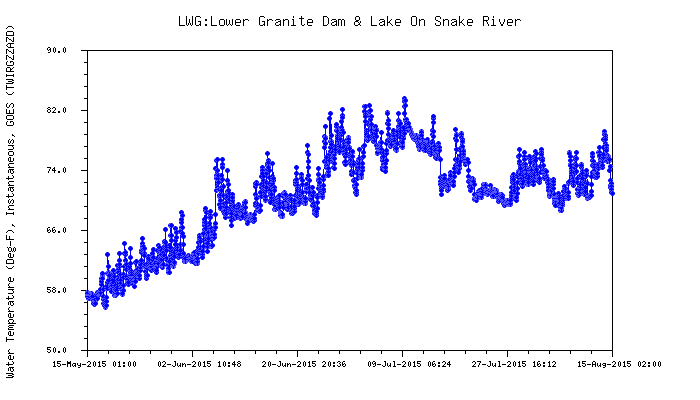
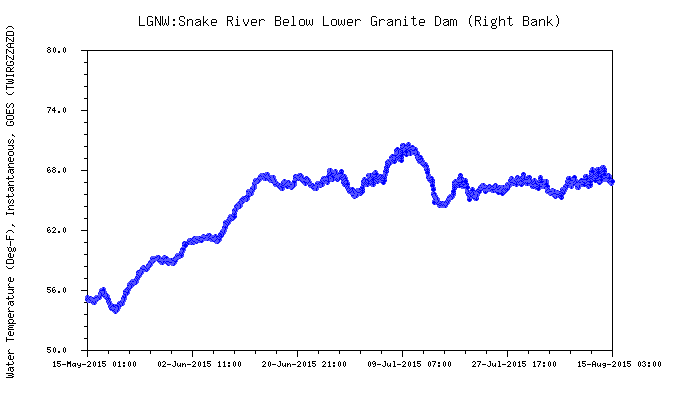
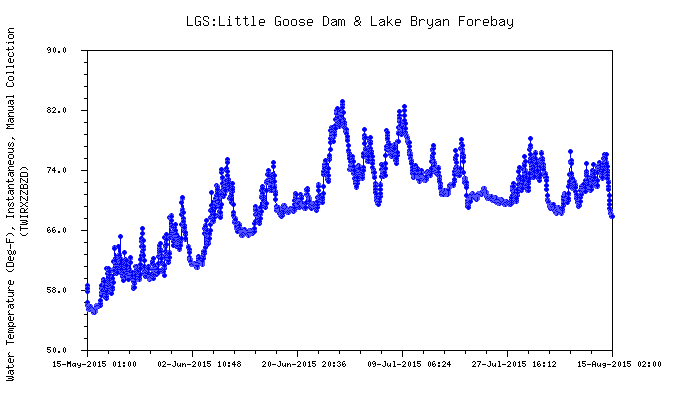
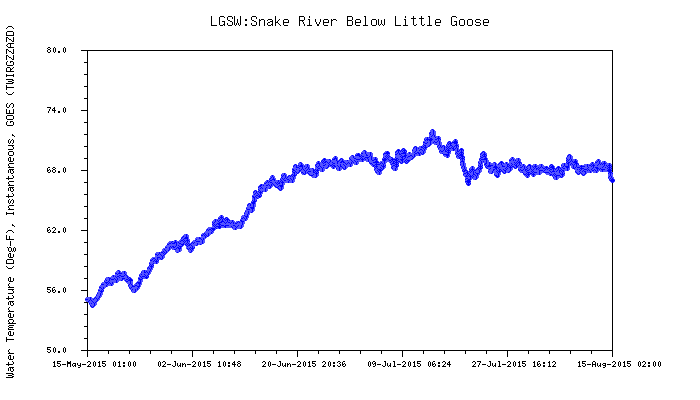
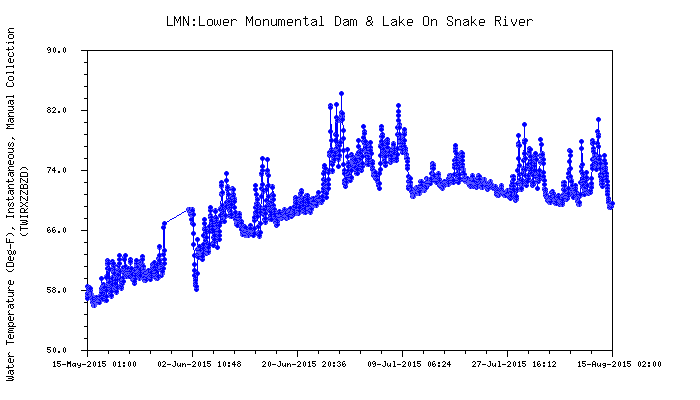
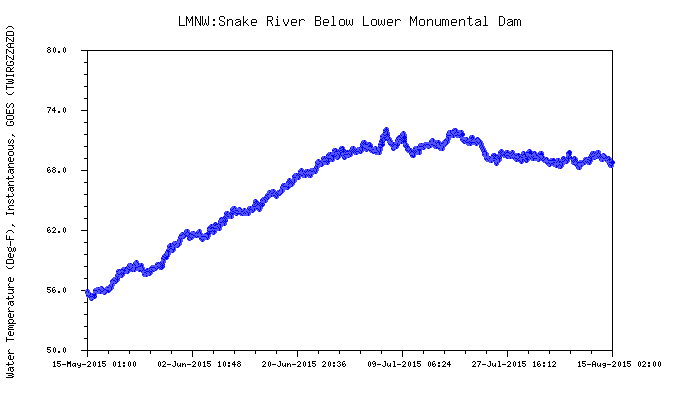


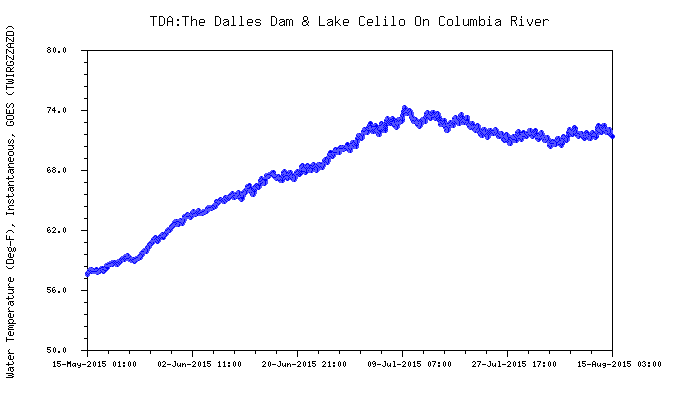
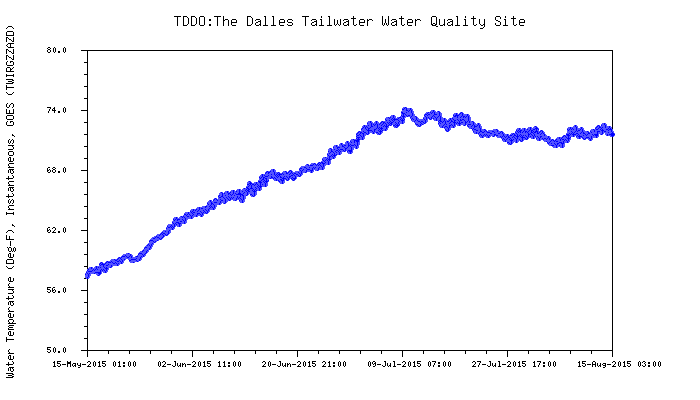
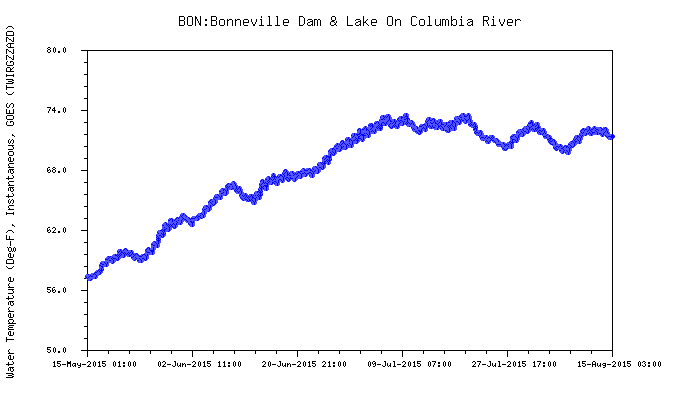
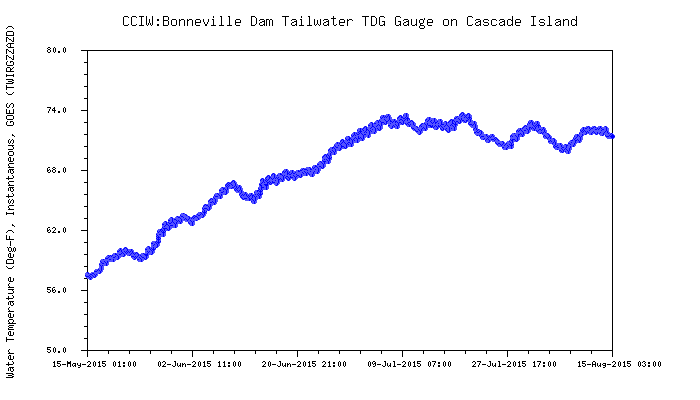
learn more on topics covered in the film
see the video
read the script
learn the songs
discussion forum
